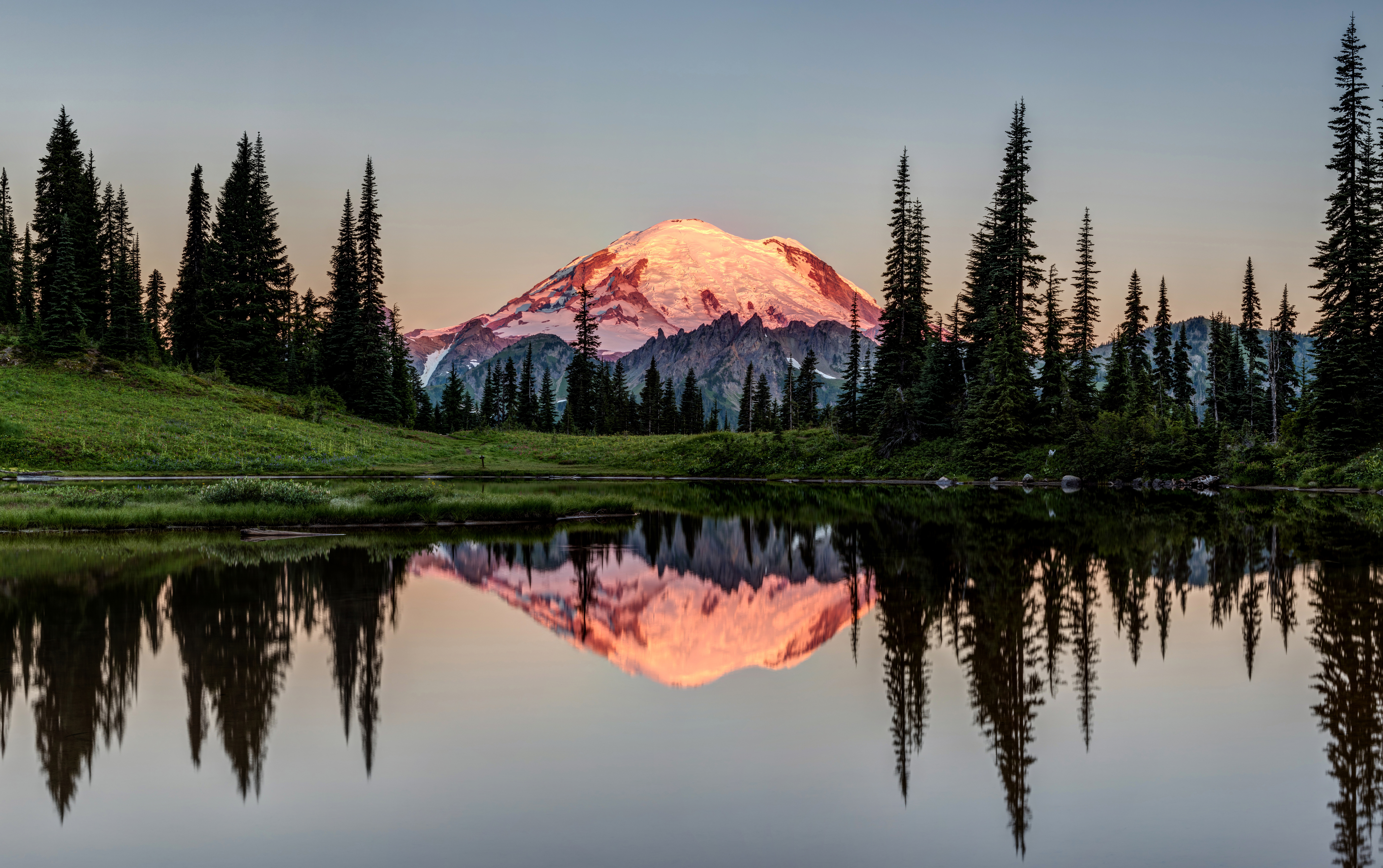- From hikes that take only a few hours to trails that cover thousands of miles, the U.S. is home to some of the world’s most renowned hiking.
- Many of these trails retrace history and tradition, such as old packing trails or links between indigenous settlements.
- The U.S. has incredibly diverse terrain, such as the hematite-stained rocks of Sedona or the 14,000-foot peaks of the Sierra Nevada.
With the rugged wilderness of the West Coast, geological wonders of Sedona and majestic views of the East, the U.S. has a diverse selection of incredible hikes. While some of these hikes take months to complete, other hikes can be checked off within a few hours.
From the peaks of Mount Whitney to the depths of the Grand Canyon, these top hikes in the U.S. will leave you with incredible memories.
1. Mount Whitney, Sequoia National Park
Originally founded as a pack trail in the early 20th century, the modern Mount Whitney Trail is a popular and rewarding trail. Beginning from Whitney Portal near the town of Lone Pine, California, hikers travel to the summit of Mount Whitney, the tallest peak in the contiguous U.S. at 14,505 feet.
Although this 22-mile, 6,200-foot hike is a grueling day trip, it rewards hikers with some of the most exciting terrain of the Sierra Nevada mountain range. Sharp ridges, expansive glaciers, high passes and sweeping valleys make the Mount Whitney Trail a breathtaking and memorable experience.
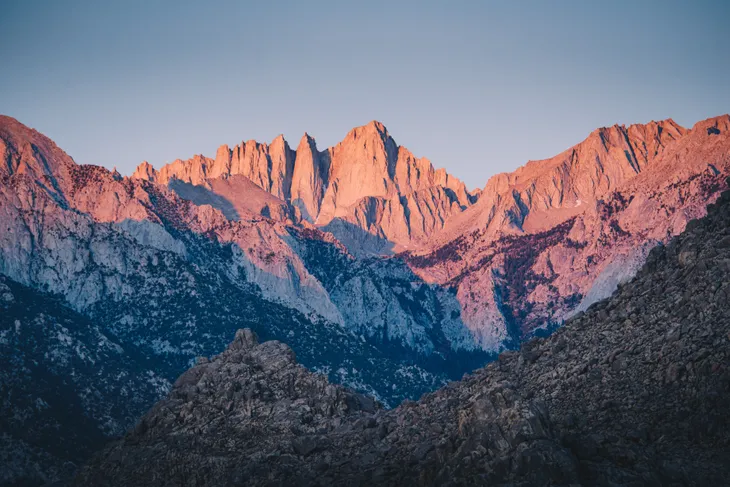 Shutterstock/APurkisPhotography
Shutterstock/APurkisPhotography2. Pacific Crest Trail
The Pacific Crest Trail isn’t for the faint of heart. Popularly referred to as the PCT by avid thru-hikers, this long-distance hiking trail spans 2,650 miles from Campo, a small town on the U.S. and Mexico border, to Manning Park, British Columbia. Hikers experience the varied terrain of California, Oregon and Washington, scaling summits in the Sierra Nevada and Cascade mountain ranges and roasting under the desert sun.
The average thru-hiker takes about 5 months to complete the trail, but some elite hikers or runners have completed the trail in fewer than 100 days. Hikers must be prepared to sleep in the wilderness for most of their trip and carry food and other supplies for up to 10 days at a time.
 Shutterstock/Modern Meta Photography
Shutterstock/Modern Meta Photography3. Appalachian Trail
The Appalachian Trail, otherwise called the AT by adventurous thru-hikers, is a 2,194.3-mile hike with approximately 464,500 feet of elevation change. Spanning from Katahdin, Maine, to Springer Mountain, Georgia, the trail traverses 14 states, including Virginia, North Carolina, New York and Massachusetts. Along with the PCT and Continental Divide Trail, the AT makes up part of the U.S. Triple Crown of Hiking.
Many hikers opt to complete smaller sections of the AT at a time, a method of hiking called section hiking. The Smoky Mountains in Tennessee and North Carolina present challenging hikes to stunning vistas with impressive biodiversity. The White Mountains is one of the most challenging sections where hikers scale the tall and rugged peaks amongst white birch trees.
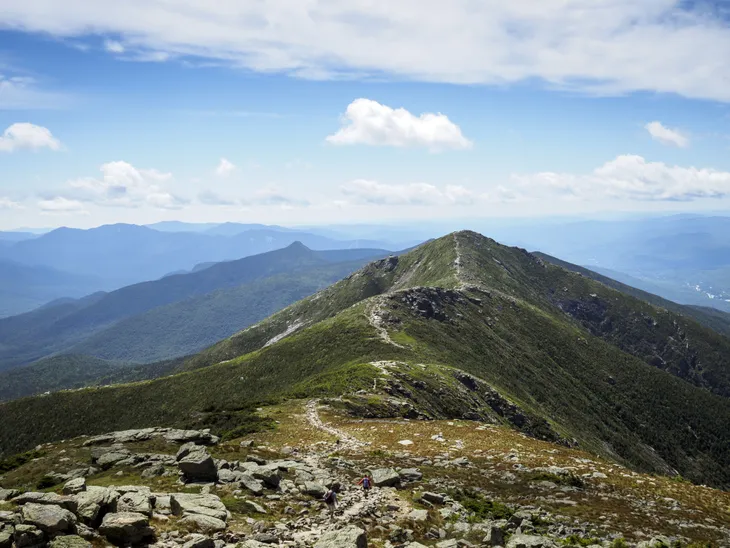 Shutterstock/Jaminnbenji
Shutterstock/Jaminnbenji4. Half Dome, Yosemite National Park
One of the most challenging and unforgettable hikes in Yosemite National Park, Half Dome is a prestigious hike spanning Yosemite Valley and scaling the iconic granite monolithic face.
Although some brave climbers scale the vertical face of Half Dome, most people opt for the 17-mile round-trip hiking route from the valley floor. With over 5,400 feet of elevation gain, this hike takes about 14 hours and tests the courage, stamina and shoe tread of hikers.
The hike begins on the Mist Trail, where hikers are often drenched by mist from the stunning Vernal Falls. Hike through the winding trails to Nevada Falls and past the Sequoia tree forests and Sub Dome before climbing the cable section leading to the Half Dome Summit.
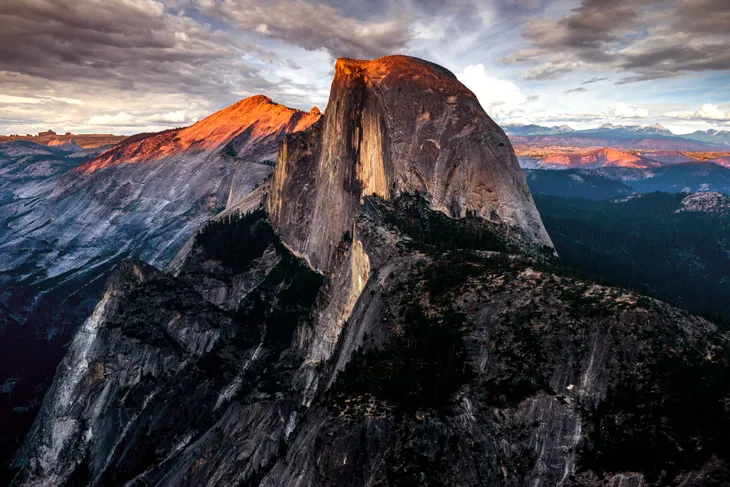 Shutterstock/Pung
Shutterstock/Pung5. Emerald Lake Trail, Rocky Mountain National Park
Tucked away in the rugged mountains, alpine meadows and vertical faces of the 415-square mile Rocky Mountain National Park, the Emerald Lake trail is a beautiful hike appropriate for any hiking level.
In just a few short hours, hikers cover 4.1 miles and 744 feet to reach the outstanding views of the pristine alpine lake, passing by the dramatic Nymph Lake and Ream Lake along the way. At the base of Emerald Lake, they can enjoy views of popular crags, including Longs Peak, Hallett Peak and Flattop Mountain.
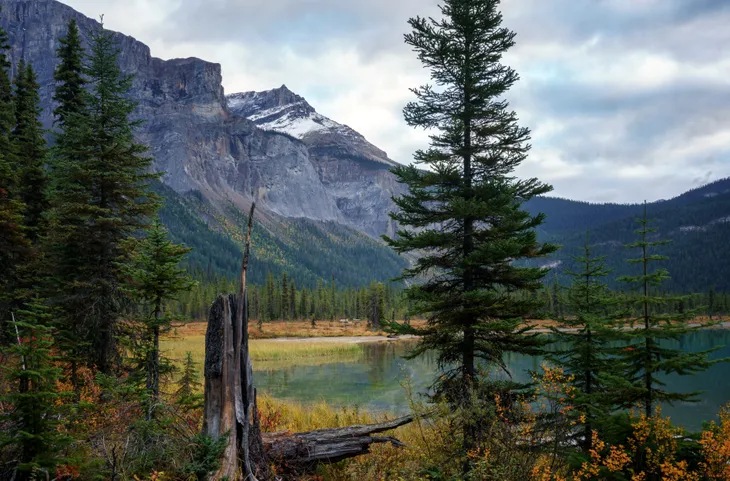 Shutterstock/Craig Zerbe
Shutterstock/Craig Zerbe6. Kalalau Trail, Hā’ena State Park
Located in Hā’ena State Park on the island of Kaua’i and established in the late 1800s, the Kalalau Trail is one of the most popular and treacherous hikes in Hawaii.
Following the rugged coastline from Ke’e Beach to the Kalalau Valley for about 11 miles, the trail retraces historical links between Hawaiian settlements and traverses five valleys. Throughout the trails, hikers weave through uncertain terrain, soak up world-class ocean views and get glimpses of rare native and introduced tropical plants.
The first 2 miles to Hanakapi’ai Beach is a popular day hike, but the 22-mile round trip hike generally requires at least 2 days.
 Shuttestock/IndustryAndTravel
Shuttestock/IndustryAndTravel7. Chautauqua Trail, Chautauqua Park
The Chautauqua Trail is located in Chautauqua Park in Boulder, Colorado, and is a great hiking excursion for families, nature lovers and hikers. It’s located at the foot of the Flatirons, five impressive conglomeratic sandstone formations along the east slope of Green Mountain.
This out-and-back trail is a fairly short hike, covering only 1.2 miles and gaining about 420 feet. However, the end of the trail connects to over 40 miles of other scenic trails in Chautauqua Park, making it an excellent starting point if you’re looking for more challenging trails.
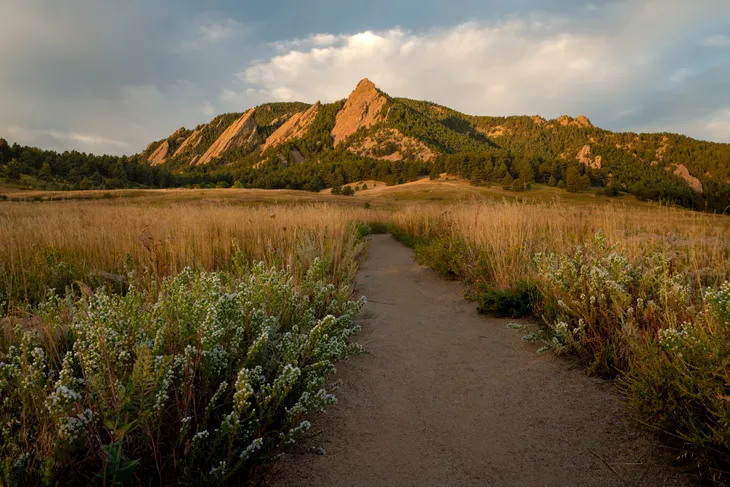 Shutterstock/Mike Demmings
Shutterstock/Mike Demmings8. Angels Landing Trail, Zion National Park
Located in Zion Park, Utah, Angels Landing is among the world’s most memorable hikes. Starting at the Grotto Trailhead, visitors hike to the west side of the Zion Canyon via the West Rim Trail, enjoying breathtaking views along the journey. If the summit wasn’t thrilling enough, hikers get adrenaline bursts from the narrow ridge trail and its head-spinning heights, scrambling and fixed-chain sections.
Covering 5.4 miles and gaining 1,500 feet, Angels Landing Trail is a strenuous hike that hikers can reasonably complete in 3 to 5 hours.
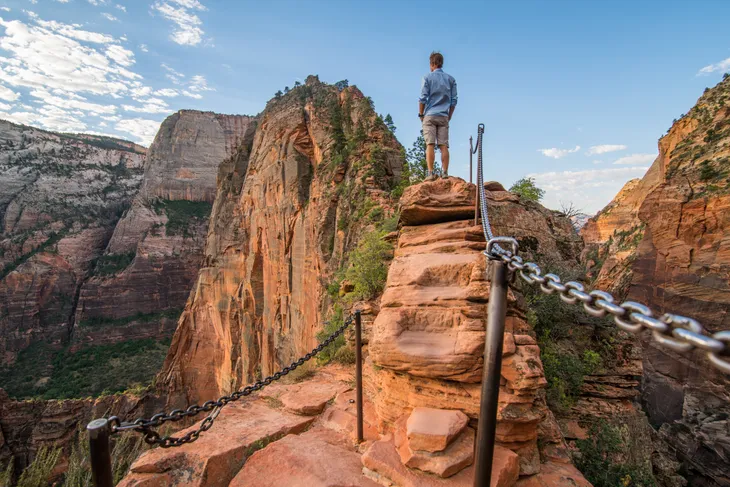 Shutterstock/Charlie Kessner
Shutterstock/Charlie Kessner9. Devil’s Bridge Trail, Coconino National Forest
Located at the base of the Mogollon Rim, a 200-mile escarpment, Sedona, Arizona, is recognizable by its unique geologic formations. Along the Devil’s Bridge Trail, hikers take in the geological phenomenon where erosion has gradually created stunning canyons, buttes and the 54-foot tall by 45-foot long sandstone arch called Devil’s Bridge. The sandstone formations in these areas are stained red due to the presence of hematite, resulting in a stunning and otherworldly landscape.
Devil’s Bridge Trail is between 4.5 and 6 miles long with approximately 696 feet of elevation gain. Depending on how long you spend taking in the unique geology, this hike can take between 2 and 4 hours.
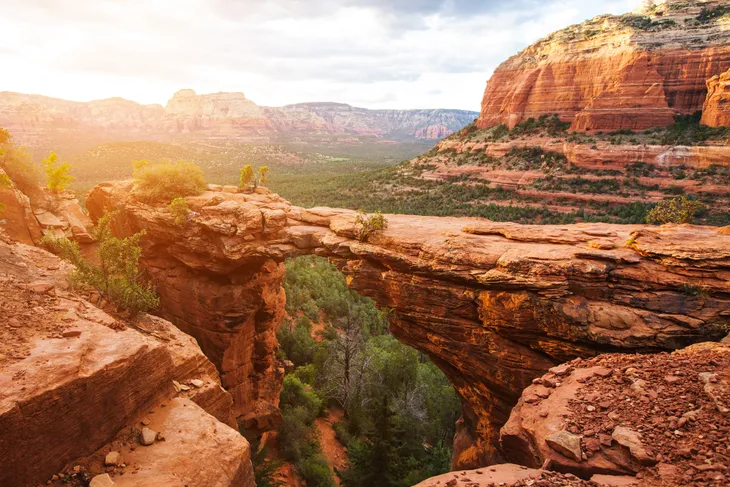 Shutterstock/Nikolas_jkd
Shutterstock/Nikolas_jkd10. Skyline Trail Loop, Mount Rainier National Park
The Paradise Valley on the south side of Mount Rainier, also known as Tahoma, has long been a popular destination for its mighty glaciers, colorful subalpine meadows and cascading waterfalls.
The Skyline Trail is the main route from the valley and takes hikers along stone-carved staircases, past the Glacier Vista lookout and to dazzling views of the 14,410-foot peak of Tahoma before finally reaching Panorama Point. There, clear days reveal views of Tatoosh Peaks, Mount Saint Helens, Mount Hood and Mount Adams.
The trail is about 6.2 miles long, with 1,900 feet of elevation gained. Hikers can expect a strenuous, 3-to-5-hour journey on varying and rugged terrain.
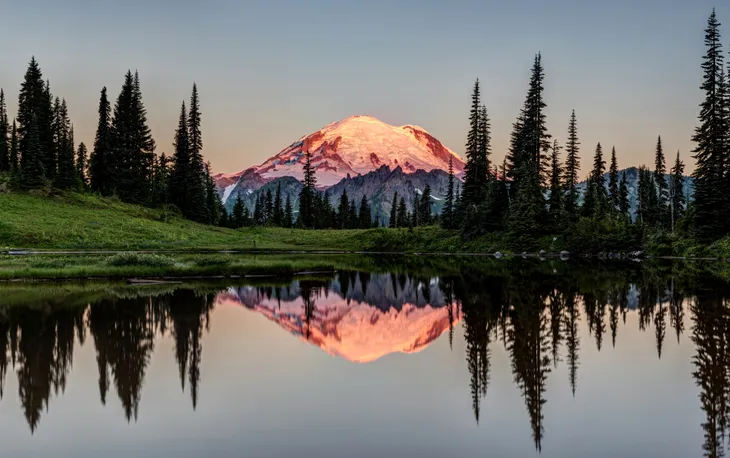 Shutterstock/Pierre Leclerc
Shutterstock/Pierre Leclerc11. Rim-to-Rim, Grand Canyon National Park
Hiking rim-to-rim in Grand Canyon National Park is an epic bucket list adventure. Most hikers start from the North Kaibab Trail, beginning with a 14.3-mile and 6,000-foot descent to the bottom of the canyon. The trail provides a glimpse into the area’s geological history with thrilling and enlightening looks at layers of rocks and formations that have been around for a casual 2 billion years.
Some hikers opt to stay overnight at the Bright Angel Campground or Phantom Ranch, a high-end lodge, but many continue to complete the 9.6-mile, 4,500-foot climb along Bright Angel Trail to the south end of the rim.
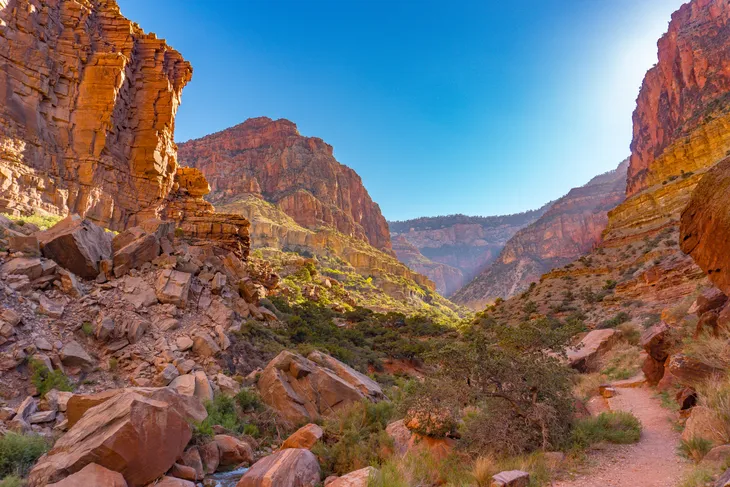 Shutterstock/EliteCustomAdventures.com
Shutterstock/EliteCustomAdventures.com12. Wyoming Cascade Canyon Trail, Grand Teton National Park
Grand Teton in Jackson, Wyoming, provides visitors with many adventures, and the Wyoming Cascade Canyon Trail is an excellent starting point. Following Cascade Creek, the trail starts at Jenny Lake and passes the cascading 200-foot Hidden Falls. Hikers eventually reach the Cathedral Group, the tallest mountains of the Teton Range — Teewinot Mountain, Grand Teton and Mount Owen.
At about 9.1 miles long with about 1,480 feet of elevation gain, this challenging route takes 5 to 9 hours to complete. For a bigger adventure, you can connect the trail with Paintbrush Canyon or the Teton Crest Trail.
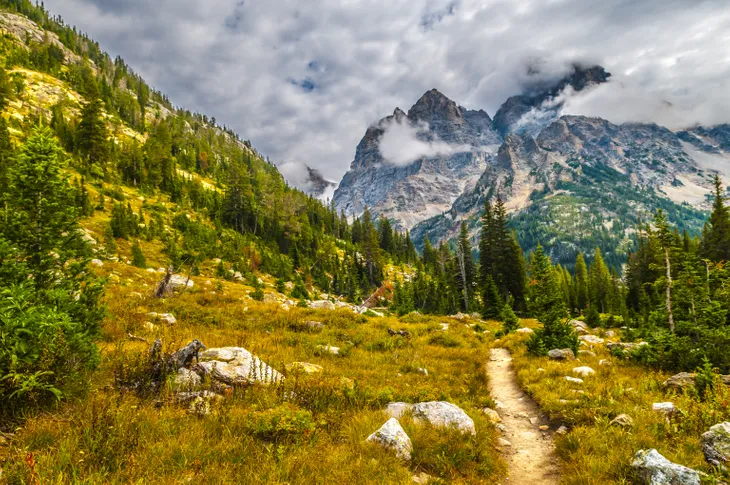 Shutterstock/Kris Wiktor
Shutterstock/Kris Wiktor